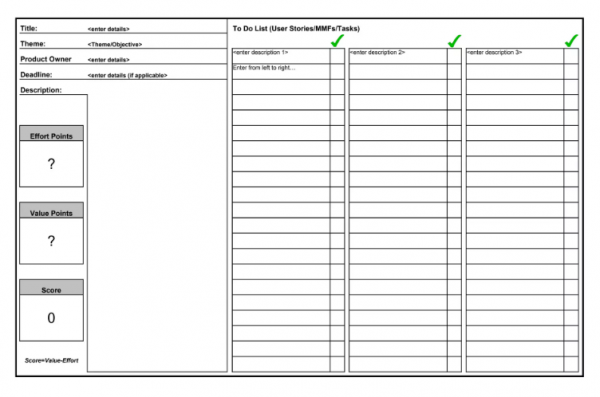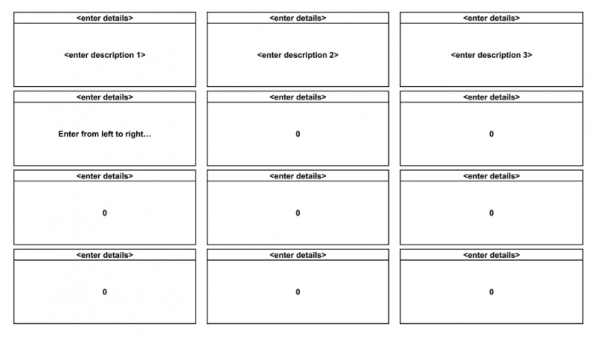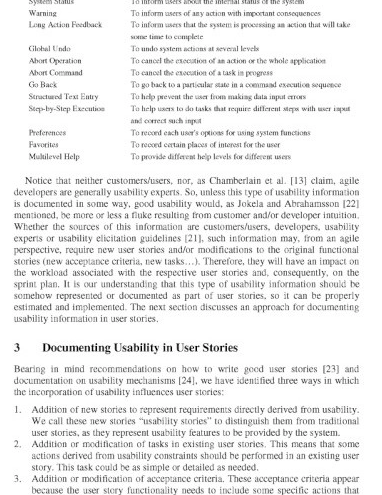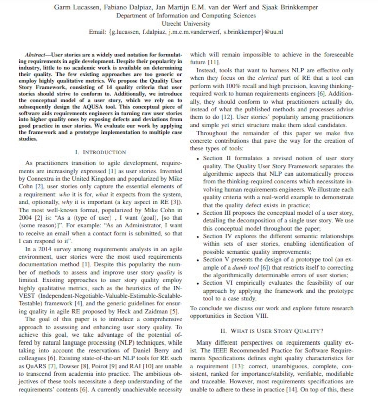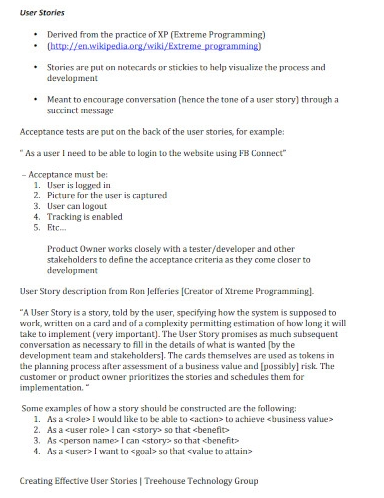Epic templates are intended to be used for big, new pieces of work that will have a significant impact on the product. They should be specific and measurable, and should be written using the user story template.
In agile product development, an epic is a large user story that is too big to be completed in one sprint. Epics are broken down into smaller user stories that can be completed in a single sprint as are often used in scrum.
If you’re thinking of starting an agile project, or if you’re already using agile methodology and want to learn more about epics, these epic templates will help you to visualize yourself like a professional project manager.
Understanding what are Epics in Agile
An epic is a large user story that is too big to be completed in one sprint. Epics are common in agile development and are often used in scrum. In scrum, an epic is typically broken down into smaller user stories that can be completed in a sprint.
Epics are usually new pieces of work, but they can also be stories that are too large to be completed in a sprint.
While an epic can be anything from a new feature to a major refactor, it is typically something that will require significant effort and have a large impact on the product.
For example, a common type of epic is a new user story that introduces a new area of functionality to the product.
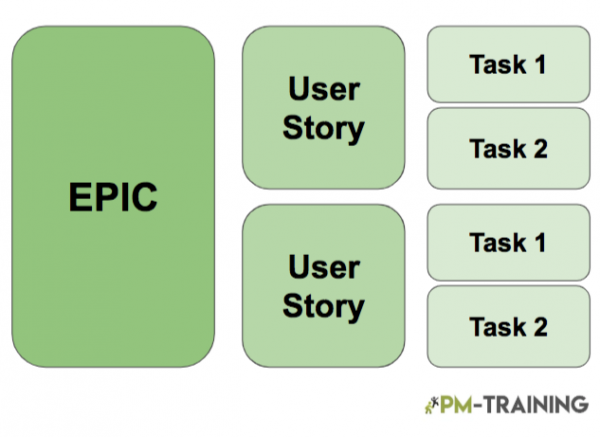
How to create an Agile Epic
Creating an Agile Epic is a process that begins with understanding the product, user, and business objectives.
Epics are typically initiated by the product owner and added to the product backlog. The product owner will then work with the development team to break down the epic into smaller stories that can be implemented in future sprints.
Once you have a clear understanding of these objectives, you can start writing user stories that capture the functionality required to achieve those objectives.
Epics are usually too large to be completed in one sprint, so they are broken down into smaller user stories that can be completed over multiple sprints.
How to get started with writing your own Epic:
1. Identify the problem or opportunity that the epic is intended to address.
2. Break the epic in smaller user stories and describe specific pieces of functionality that adds value to the end user.
4. Write clear, concise acceptance criteria for each user story. You can use this Epic Development form to create a more sophisticated analysis.
3. Prioritize the user stories based on the value they provide to the end user
5. Use agile tools such as user stories maps and task boards to visualize the progress of the epic and its constituent stories.
You can use this easy template made by PM-Training.net….
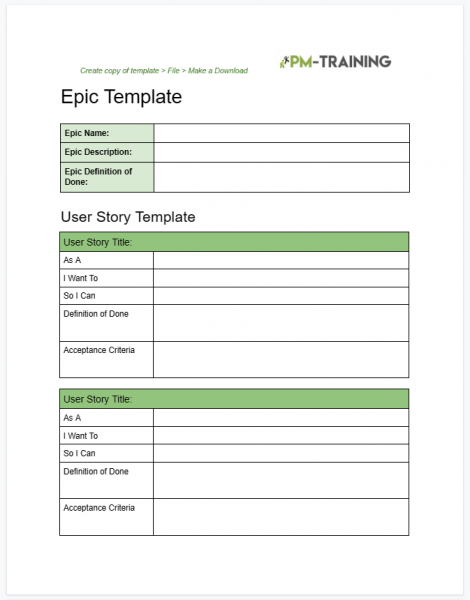
Breaking down the Epic in Agile
- An Agile epic can be a very large user story or body of work that is eventually broken down into smaller stories. It is important to understand how to break an agile epic down into manageable pieces so that it can be delivered incrementally and does not become an unmanageable mountain of work.
- The following steps can help you to break down an agile epic:
- First, you need to understand the user or persona that the epic is meant for. This will help you to identify the specific needs that the epic is meant to address.
- Next, you need to identify the ordered steps or process that the user will go through in order to complete the task that the epic represents.
- Once you have identified the steps, you need to culture map each step to understand what the user is trying to accomplish at each stage.
- Finally, you need to time map each step in order to ensure that the epic can be delivered incrementally without causing disruptions.
Epic Examples
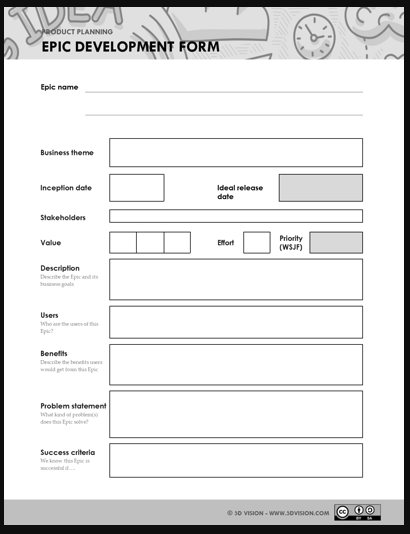
An epic can be a Customer Request, a Business requirement or any other product feature.
A product epic is a high-level requirement that helps define the product roadmap. It is a long-term goal that is generally broken down into smaller features which can be delivered in a shorter time frame.
Agile Epic User Story template PPT
A business epic is a requirements document that captures the high-level business goals of an organization. It is generally used to define the product vision and strategy.
Agile teams usually handle epics by first creating a placeholder in the product backlog for the epic. This is followed by creating smaller user stories that can be completed in a single sprint.
The following is an example of an epic that can be broken down into smaller user stories:
Lean Epic Template Word
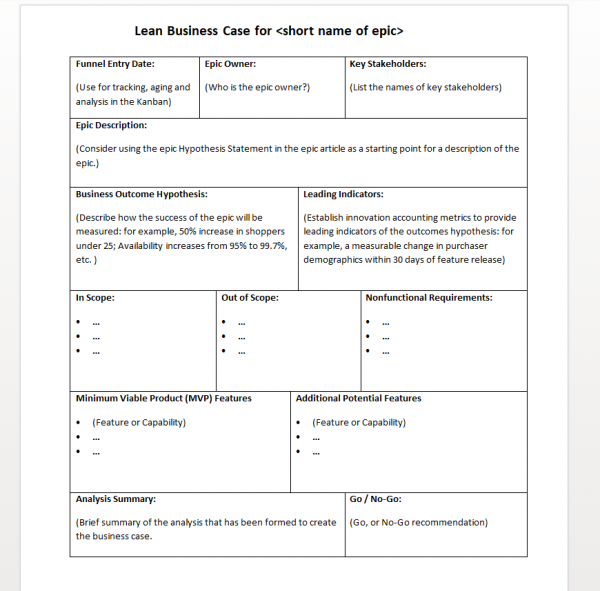
EPIC:
- As a customer, I want to be able to buy products from the online store.
This epic can be broken down into the following user stories:
- As a customer, I want to be able to browse the online store
or - As a customer, I want to be able to add items to my cart.
then it is followed by the task that may be required to execute the action.
Epic Template SAFe
You can use this SAFe Agile template doc to create your next epic hypothesis statement to reach out a proper effective Epic.
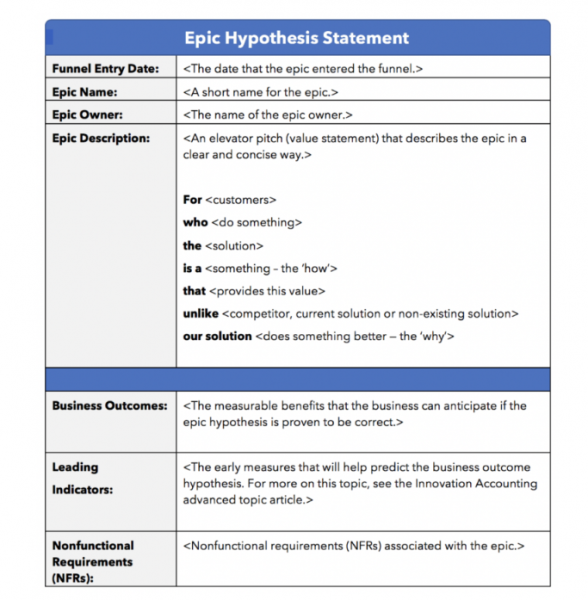
Agile Epic User Story template PDF
How to effectively use an Epic template
The power of story templates is in their ability to help you create new work stories that are relevant to your product or user. They can also help you quickly adapt an existing story to fit your new scrum or agile process.
Here are some tips on how to effectively use this template to manage epics in an Agile environment.
1. Use the template to support your user stories.
This is an example of how in Jira an Epic was written to create a Booking Flight website
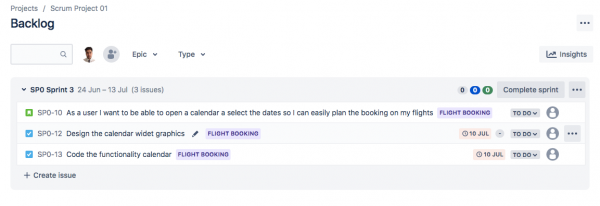
2. Use the template to help you estimate the size of your epics.
3. Use the template to track the progress of your epics.
4. Use the template to communicate the status of your epics to your stakeholders.
5. Use the template to generate new work items for your product backlog.
- First, think about the overall goal of the product or feature you’re working on. What are you trying to achieve?
- Second, consider the users of the product or feature. Who will be using it and what value will it add to their lives?
- Finally, think about how the work will be divided up into smaller stories. What is the minimum amount of work that can be done in order to achieve the goal?
Agile Epic Template Excel
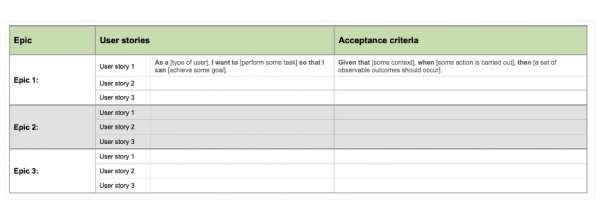
How to measure Agile Epics
Use the burndown chart. This is a graphical representation of the work remaining to be done in an Agile project. It’s a valuable tool for tracking the progress of an epic and for identifying potential problems.
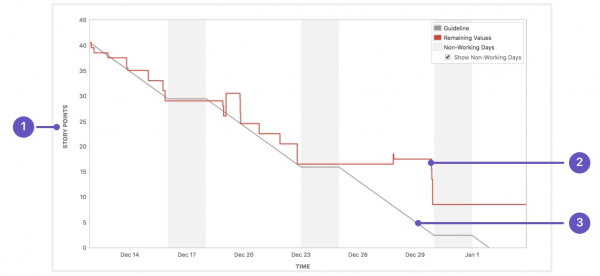
The second method is the use of story points. This is a common method of measurement in Agile projects. Story points are used to estimate the amount of work required to complete a task.
The third method is the use of task boards. This is a visual way of tracking the progress of an epic. They can be used to identify bottlenecks and to make sure that work is evenly distributed among team members.
Keep these things in mind and you’ll be well on your way to creating strong epics that will guide your agile team to success.
Epic Template FAQs
What should an epic look like?
They are typically large and complex, and can be broken down into smaller user stories. An epic can be compared to a product backlog item, or a feature that needs to be developed. The main difference is that an epic is usually too large to be completed in one sprint, and therefore needs to be broken down into smaller user stories.
Why are epics important in Agile?
Epics are important in agile because they help to provide a structure for user stories. They also help to ensure that user stories are properly estimated and planned. In addition, epics help to provide context for user stories and help developers to understand the needs of the user.
What are epics agile?
In agile product development, an epic is a large user story that is too big to be completed in one sprint. Epics are broken down into smaller user stories that can be completed in a single sprint. They should be specific and measurable and should be written using the user story template.
Who should define Epic in Agile?
The product owner is responsible for defining epics and ensuring that they are broken down into smaller user stories that can be delivered in a single sprint. However, the scrum team may also identify epics during sprint planning.

